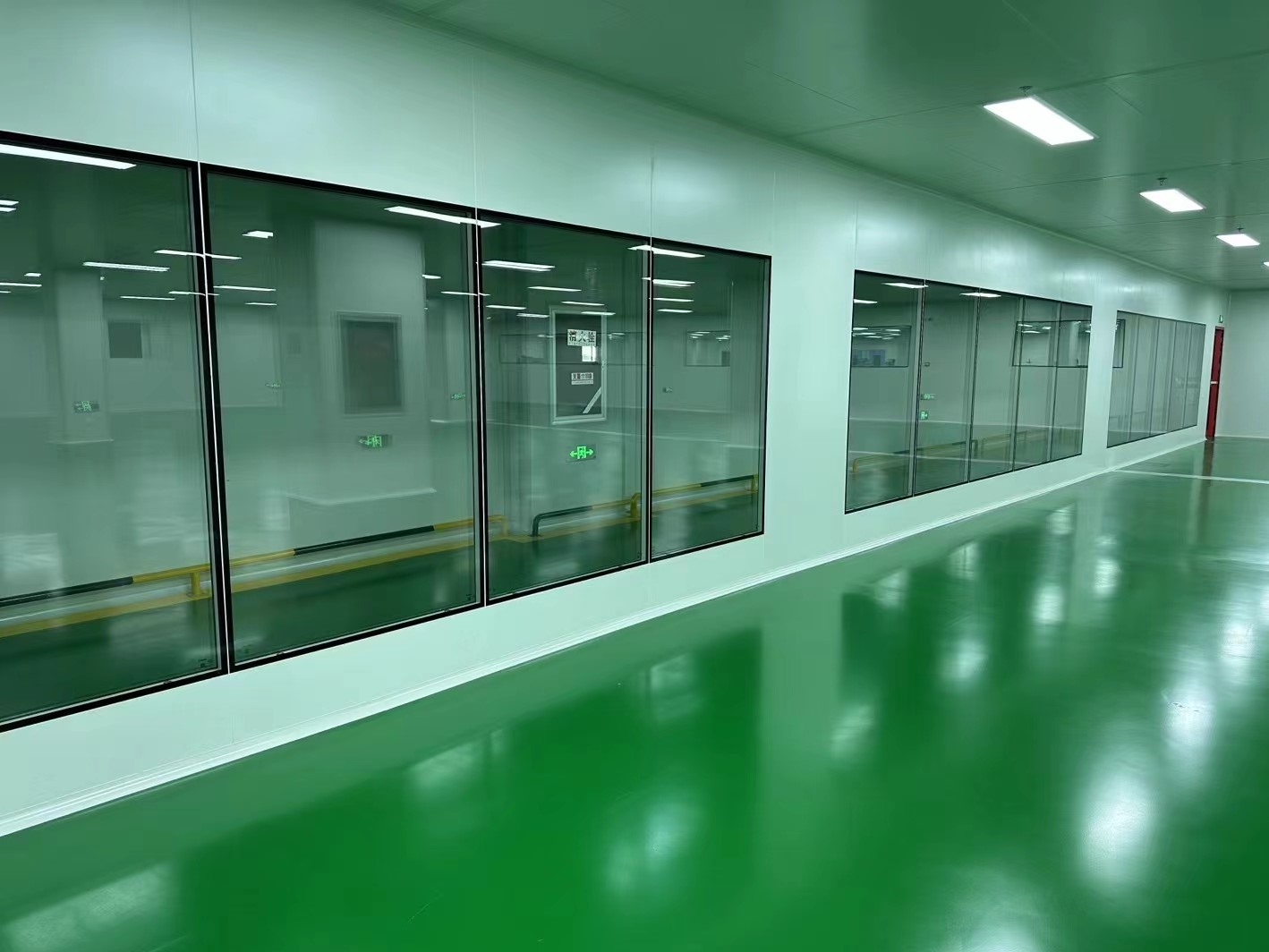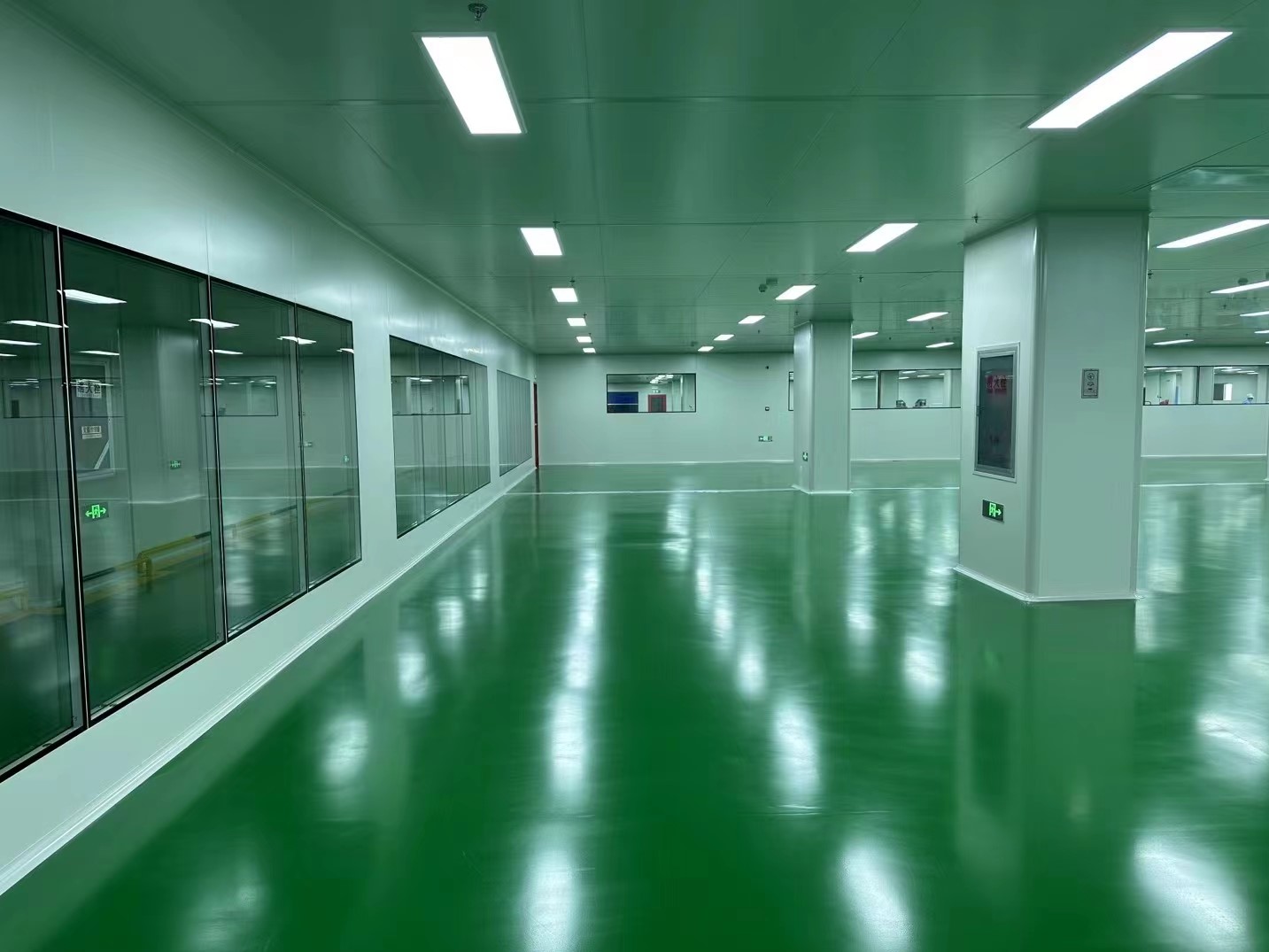

Speaking of energy-saving design in pharmaceutical cleanroom, the main source of air pollution in cleanroom is not people, but new building decoration materials, detergents, adhesives, modern office supplies, etc. Therefore, the use of green and environmentally friendly materials with low pollution values can make the pollution state of cleanroom in pharmaceutical industry very low, which is also a good way to reduce fresh air load and energy consumption.
The energy-saving design in pharmaceutical cleanroom should fully consider factors such as process production capacity, equipment size, operation mode and connection mode of previous and subsequent production processes, number of operators, degree of equipment automation, equipment maintenance space, equipment cleaning method, etc., so as to reduce investment and operating costs and meet energy-saving requirements. First, determine the cleanliness level according to production requirements. Second, use local measures for places with high cleanliness requirements and relatively fixed operating positions. Third, allow the cleanliness requirements of the production environment to be adjusted as production conditions change.
In addition to the above aspects, energy saving of cleanroom engineering can also be based on appropriate cleanliness levels, temperature, relative humidity and other parameters. The production conditions of cleanroom in pharmaceutical industry specified by GMP are: temperature 18℃~26℃, relative humidity 45%~65%. Considering that too high relative humidity in the room is prone to mold growth, which is not conducive to maintaining a clean environment, and too low relative humidity is prone to static electricity, which makes the human body feel uncomfortable. According to the actual production of preparations, only some processes have certain requirements for temperature or relative humidity, and the others focus on the comfort of operators.
The lighting of biopharmaceutical plants also has a very large impact on energy conservation. The lighting of cleanroom in pharmaceutical plants should be based on the premise of meeting the physiological and psychological requirements of workers. For high-illuminance operation points, local lighting can be used, and it is not appropriate to increase the minimum illumination standard of the entire workshop. At the same time, the lighting in non-production room should be lower than that in production room, but it is advisable to be no less than 100 lumens.
Post time: Jul-23-2024

